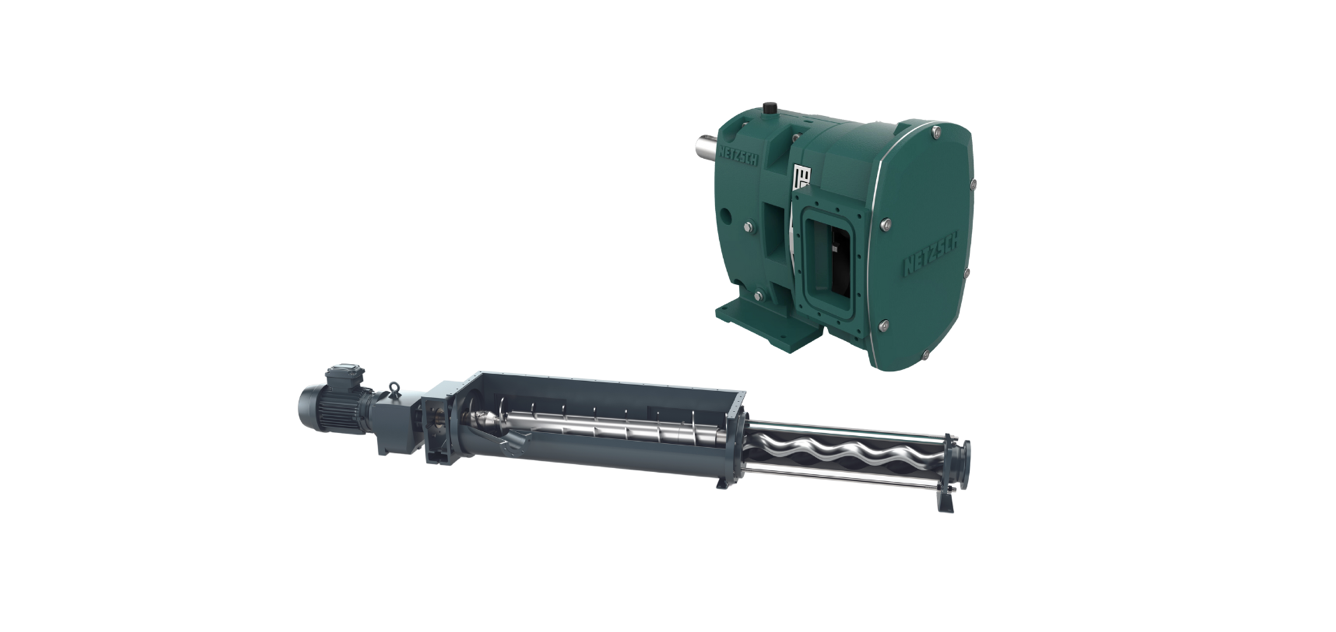
NETZSCH to highlight TORNADO T1 Pump and NEMO B.Max Mixing Pump at Biogas Americas 2024
By NETZSCH Pumps USA
Products NetzschStop by booth #206 to learn about highly efficient, advanced pumping technology for the biogas industry

NETZSCH Pumps USA will be will be highlighting its complex fluid pumping solutions for the biogas industry at Biogas Americas, to be held at the Savannah Convention Center from May 13 to 16, 2024 in Savannah, Ga. Stop by booth #206 to discuss the NEMO B.Max Mixing Pump, TORNADO T1 Rotary Lobe pump, and N.Mac twin-shaft grinder and to learn about their ability to provide low-pulsation conveyance, handle high viscosity medias, solid handling capability and reduce lifecycle costs.
The TORNADO T1 Rotary Lobe pump is designed to produce high flow at low to medium pressures in a small compact package. The TORNADO T1 pump can handle a wide range of viscosities, solids, temperature, abrasion, and corrosive/acidic process fluids and environments. The TORNADO T1 pump is extremely versatile for just about any orientation and installation. Its robust design offers longevity, operational flexibility, and dry-run capabilities. It allows the pump to operate and handle many upset process conditions without causing harm to the pump. The pumps are available up to over 4000 gpm and up to 130 psi.
With its maximum mixing and conveying capabilities for bio substrates, the NEMO B.Max has set a new standard for the biogas industry. NETZSCH’s continued work on the NEMO progressing cavity pump with hopper and conveying screw has resulted in this achievement. The product is particularly well suited for ground biowaste and food waste, as well as fermented NAWARO, liquid manure, pre-processed slaughterhouse waste, co-substrates, concentrated substrates, and slop.
The NEMO B.Max optimizes product feeding to conveying elements with its pump housing’s large rectangular hopper, removable conical force-feed chamber, and coupling rod with patented, horizontally positioned conveying screw. Maximum mixing of the substrate is also achieved by the conveying flights on the feeding auger. Other advantages include increased gas production, continuous low-pulsation conveyance that is independent of pressure and viscosity, as well as high pressure capability, robust drive seals, and low investment and operating costs with high operating safety.
Print this page